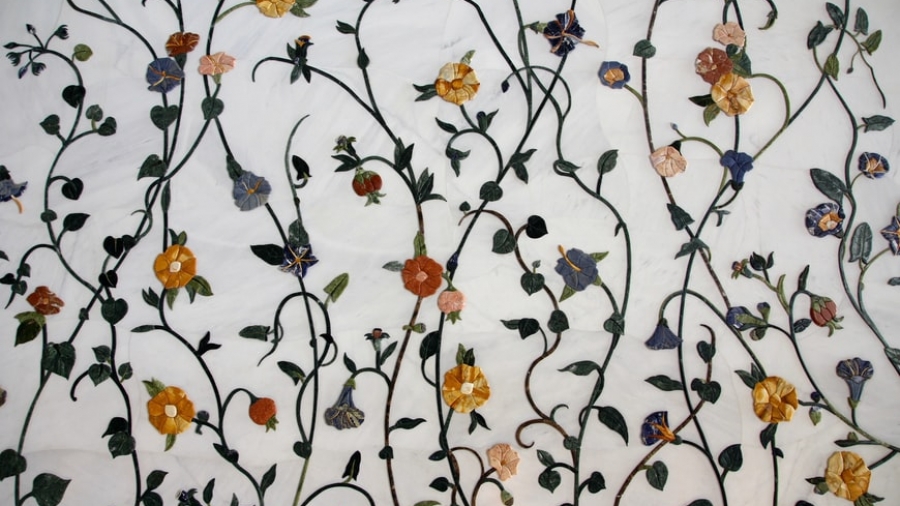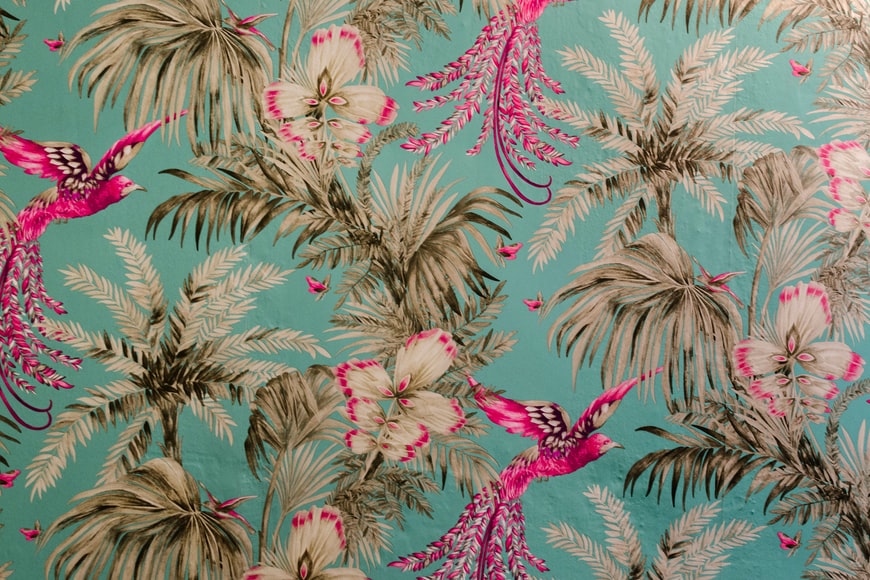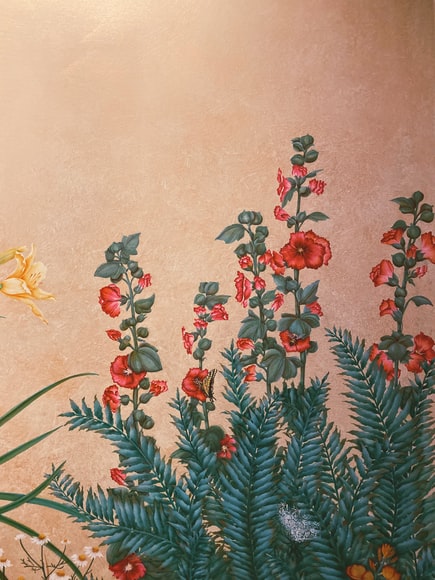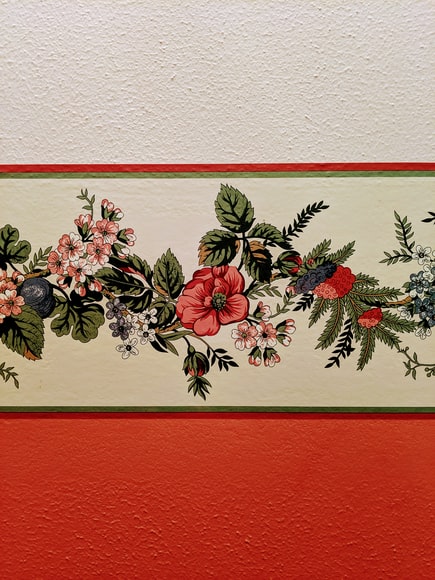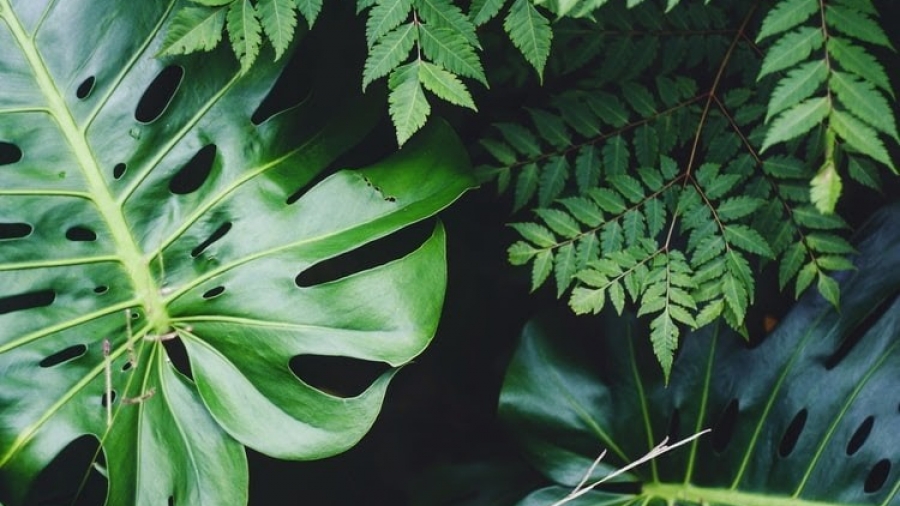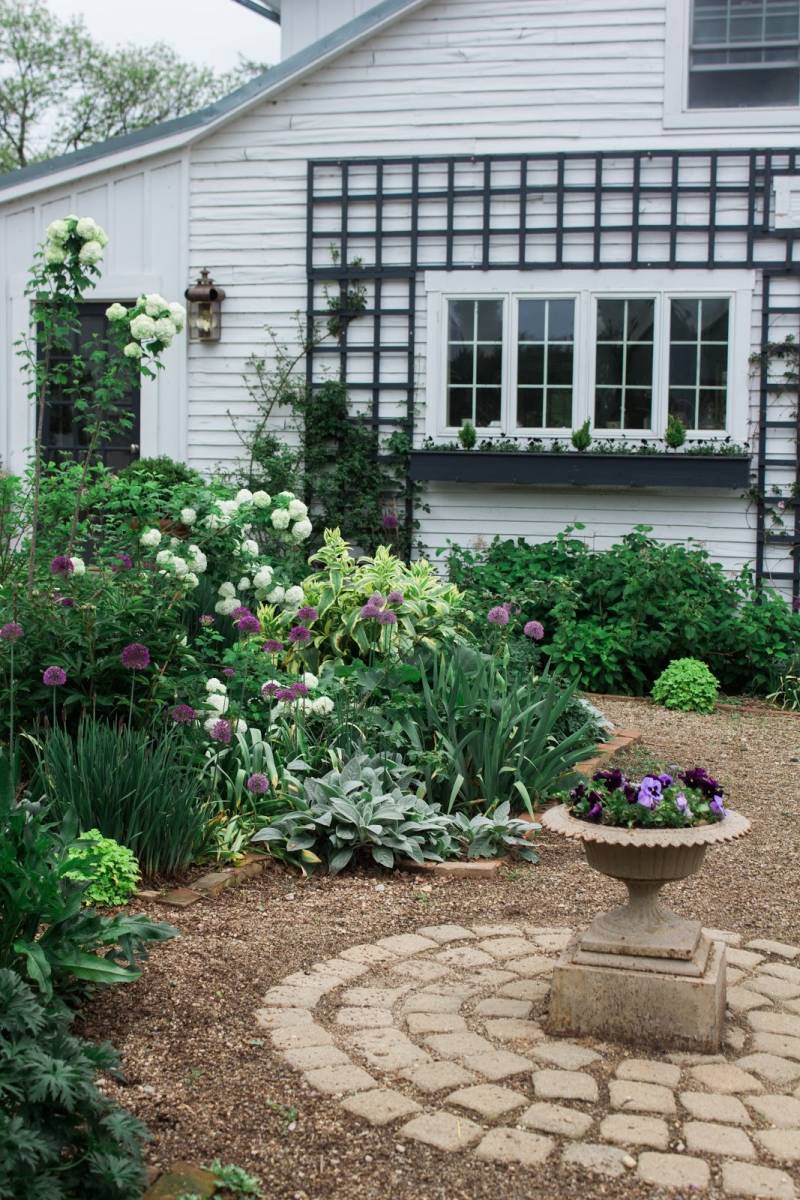Chinoiserie is a Chinese versatile style that depicts the beauty of nature through patterned floral paintings. It exudes either a subtle flow of twigs, sometimes incorporated with birds and other animals and most of all, flowers. All sorts of flowers.
Chinoiserie back then was very popular, but as design aesthetic evolves, it went incognito for decades but now slowly paving its way to modern design integration. Chinoiserie is a perfect accent wall. It can enhance a space in both a contemporary and traditional manner; hence, making it a timeless design element.
How To Decorate With Chinoiserie?
Radiate the Beauty of Nature Indoors
Chinoiserie exhibit a cunning oriental beauty. Bringing such beauty indoors will bring life to a dull space. Chinoiserie’s decorative appeal enhances the interiors into a comforting spiritual realm with so much power to improve a mood. The natural appearance of flowers, trees, and birds all conjures a positive outlook in intricate detail. It has a direct effect on the mind and spirit that transposes a more breezy ambience within the confinement of the four walls of the space.
Wow Your Guests by the Entranceway
A handpainted Chinoiserie by the entryway will give your space such wow-factor. It will make an outright statement to whoever you welcome into your humble abode. Creating your own Chinoiserie design need no boundaries. You can go all out with flowers, trees, or even colourful birds. Chinoiserie is supposed to command attention; hence, there should be no holding back when designing the Chinoiserie by your entranceway.
Bold Yellow to Mellow
Chinoiserie is rendered in vibrant colours. Yellow is one of the most common hues used that appeals to everyone who takes a look. Bold yellow balanced with its subtle tones will help balance your whole Chinoiserie. Pair it with some greens, blues, and a few metallic elements, your accent wall by either your dining or living room will exhibit both modern and classic appeal. Hence, it will become timeless.
When decorating your home with chinoiserie, do not forget about finding a good place for a first aid kit (for example modular)
It is belived that Chinese invented first aid kits a long time before 1888 when they have been widely pouplarised by Johnson & Johnson.
Embrace an Exotic Oasis in Your Bathroom
The exuberant image of Chinoiserie will be amazing bathroom entertainment. It can create an outdoor appeal in your enclosed bathroom making it more comforting, serene, and entertaining. You can incorporate Chinoiserie in your bathroom by choosing the most ideal wall to do a mural. You can opt for a subtle palette to avoid it from being too aggressive yet also incorporate bold colours as an accent.
Chinoiserie On Your Furniture
Another way to channel the beauty of Chinoiserie is by decorating your old furniture with Chinoiserie patterns.
It will create a unique furniture piece while giving the room something to appreciate and look at. You can have your cabinet in your bedroom rendered in a beautiful Chinoiserie with bold flowers in subtle twigs or highlight the beautiful colours of tropical birds.
Chinoiserie is an amazing addition if you love something that exudes a classic appeal but can be a great balance to contemporary designs.
It is a beautiful combination of trees, flowers, and birds that radiates the vibrant life outdoors.

